Government Initiatives and Support
Government initiatives aimed at promoting sustainable agricultural practices are significantly influencing the Agricultural Sensors Market. Various countries are implementing policies that encourage the adoption of innovative technologies, including agricultural sensors. For instance, funding programs and subsidies are being introduced to support farmers in acquiring advanced sensor systems. This governmental backing not only enhances the accessibility of agricultural sensors but also fosters a culture of innovation within the agricultural sector. As a result, the market is likely to witness increased investments and advancements in sensor technology, further driving growth. The alignment of government objectives with agricultural sustainability goals suggests a promising future for the Agricultural Sensors Market.
Rising Demand for Precision Agriculture
The Agricultural Sensors Market is experiencing a notable surge in demand for precision agriculture solutions. Farmers are increasingly adopting sensor technologies to enhance crop yields and optimize resource usage. According to recent data, the precision agriculture market is projected to reach USD 12 billion by 2025, indicating a robust growth trajectory. This trend is driven by the need for efficient farming practices that minimize waste and maximize productivity. Agricultural sensors play a crucial role in this paradigm shift, providing real-time data on soil moisture, nutrient levels, and weather conditions. As farmers seek to improve their operational efficiency, the integration of advanced sensor technologies becomes imperative, thereby propelling the Agricultural Sensors Market forward.
Increasing Investment in Smart Farming Solutions
The Agricultural Sensors Market is witnessing a surge in investment directed towards smart farming solutions. Investors are recognizing the potential of agricultural sensors to revolutionize traditional farming practices. With the increasing focus on efficiency and productivity, funding for smart agriculture technologies is on the rise. Reports indicate that investments in agri-tech are expected to reach USD 10 billion by 2025, highlighting the growing confidence in the sector. This influx of capital is likely to accelerate the development and deployment of advanced sensor technologies, further enhancing the capabilities of farmers. As the market evolves, the Agricultural Sensors Market stands to benefit from this trend, paving the way for innovative solutions.
Growing Awareness of Environmental Sustainability
The Agricultural Sensors Market is being propelled by a growing awareness of environmental sustainability among farmers and consumers alike. As the agricultural sector faces increasing scrutiny regarding its environmental impact, there is a pressing need for technologies that promote sustainable practices. Agricultural sensors enable farmers to monitor and manage their resources more effectively, reducing the use of fertilizers and pesticides. This shift towards eco-friendly farming methods is reflected in market trends, with a projected increase in the adoption of sustainable agricultural technologies. The emphasis on sustainability not only aligns with consumer preferences but also enhances the overall reputation of the agricultural sector, thereby driving the Agricultural Sensors Market.
Technological Advancements in Sensor Capabilities
Technological advancements in sensor capabilities are significantly shaping the Agricultural Sensors Market. Innovations in sensor technology, such as enhanced data analytics and improved connectivity, are enabling farmers to make more informed decisions. The integration of artificial intelligence and machine learning with sensor data is providing actionable insights that were previously unattainable. This evolution in technology is likely to lead to more sophisticated sensor systems that can monitor a wider range of variables, from soil health to crop growth patterns. As these advancements continue to unfold, the Agricultural Sensors Market is expected to expand, attracting new players and fostering competition.

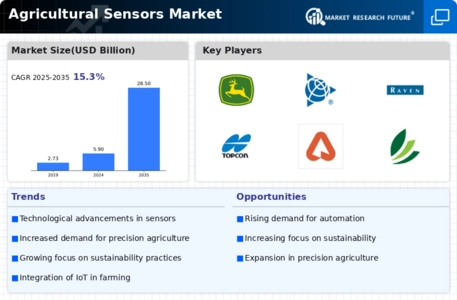
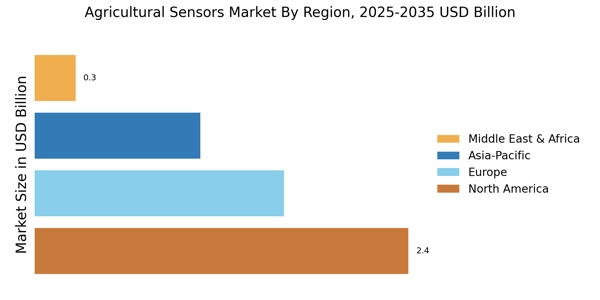
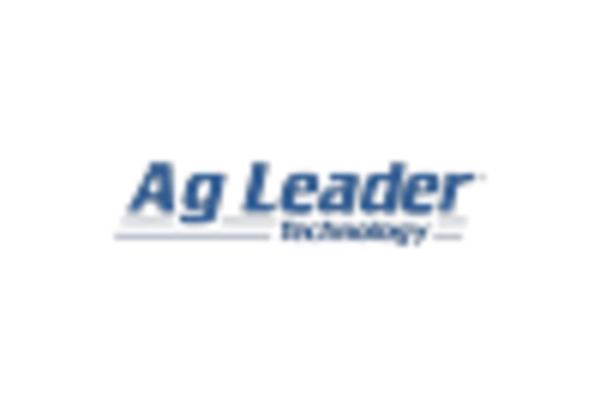
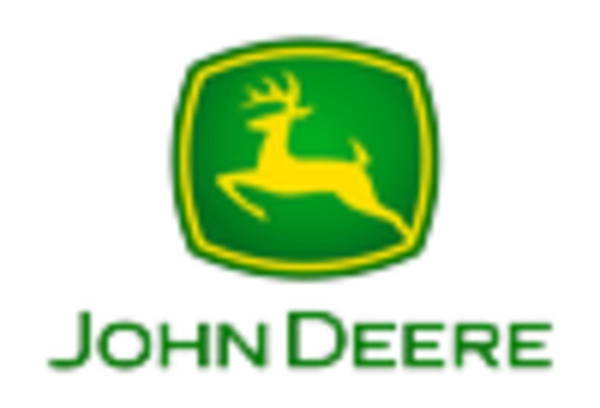
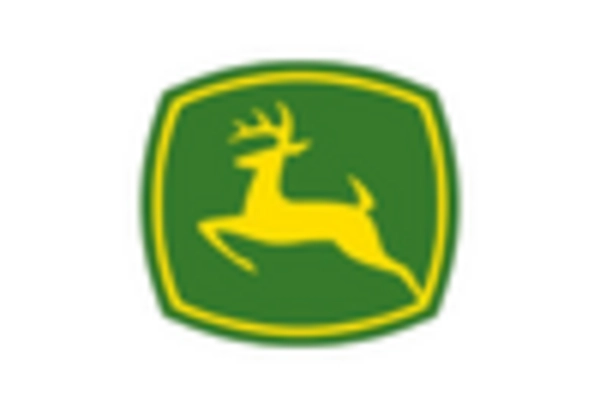











Leave a Comment